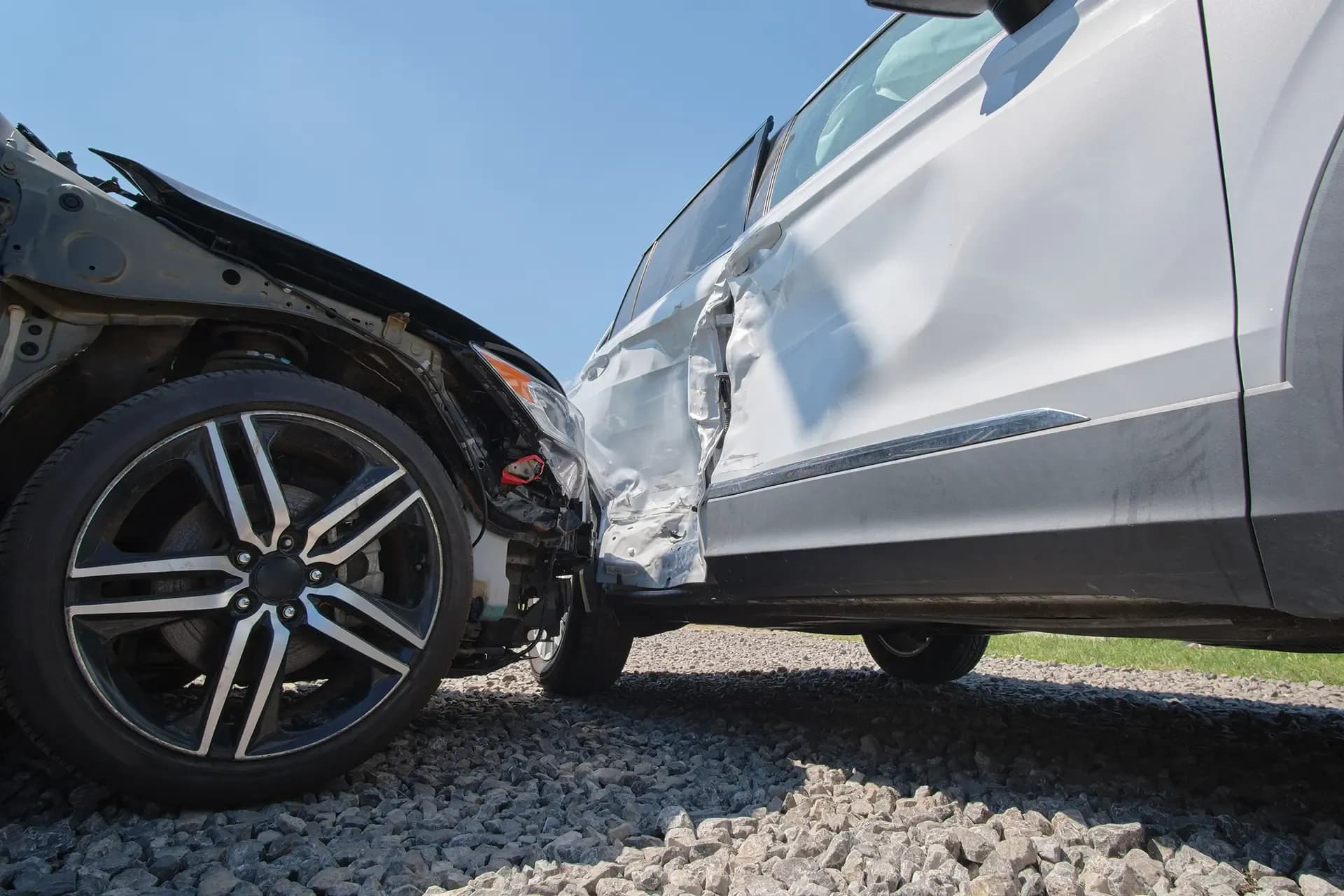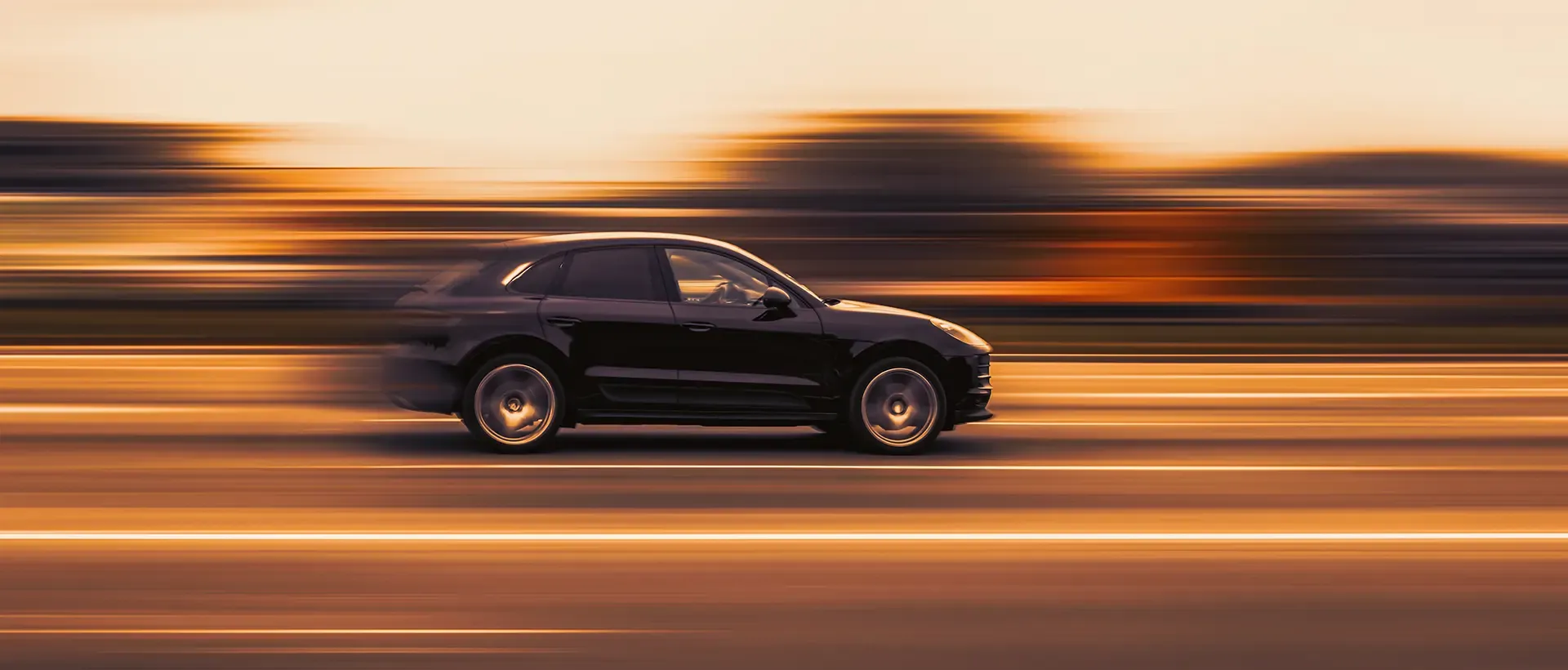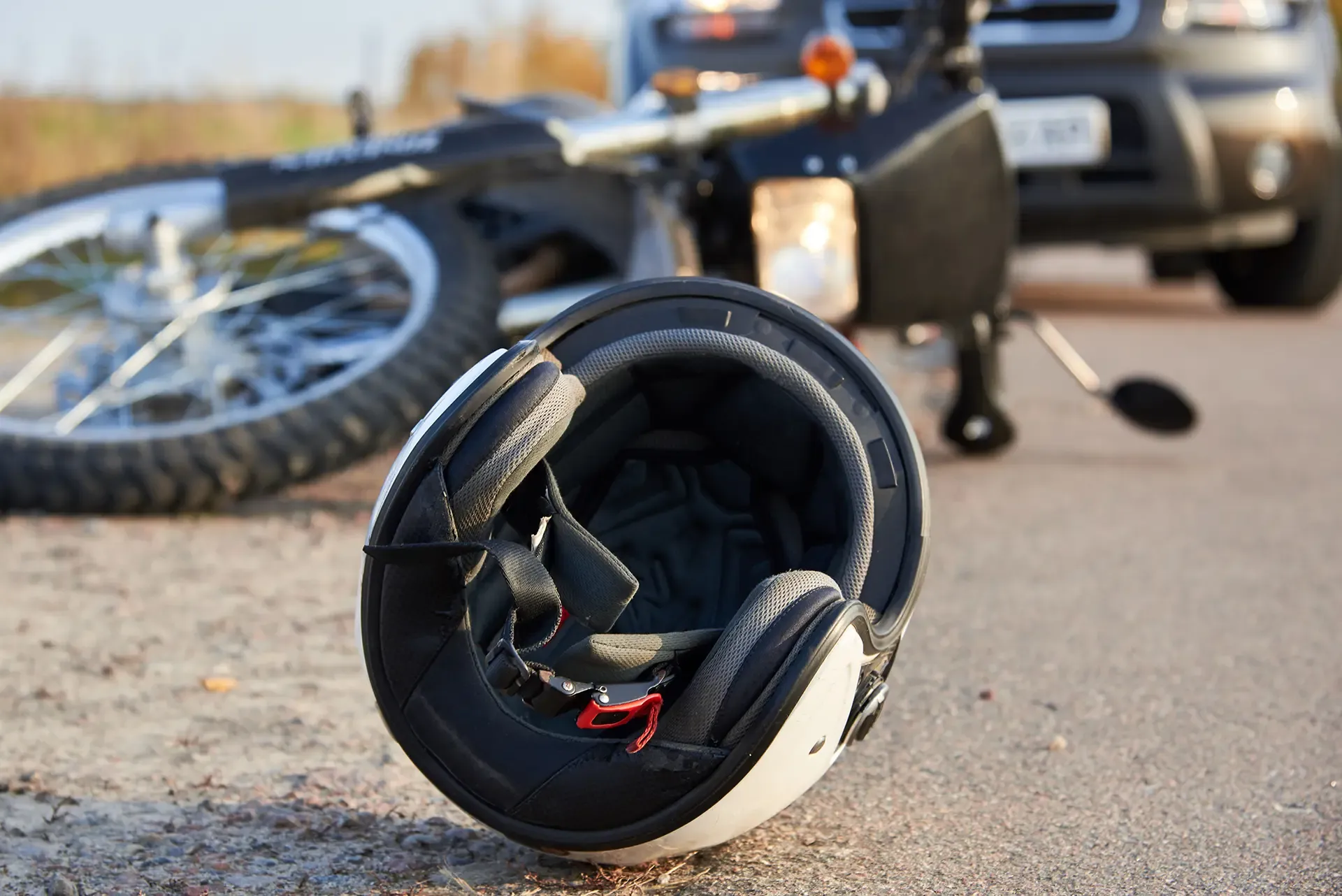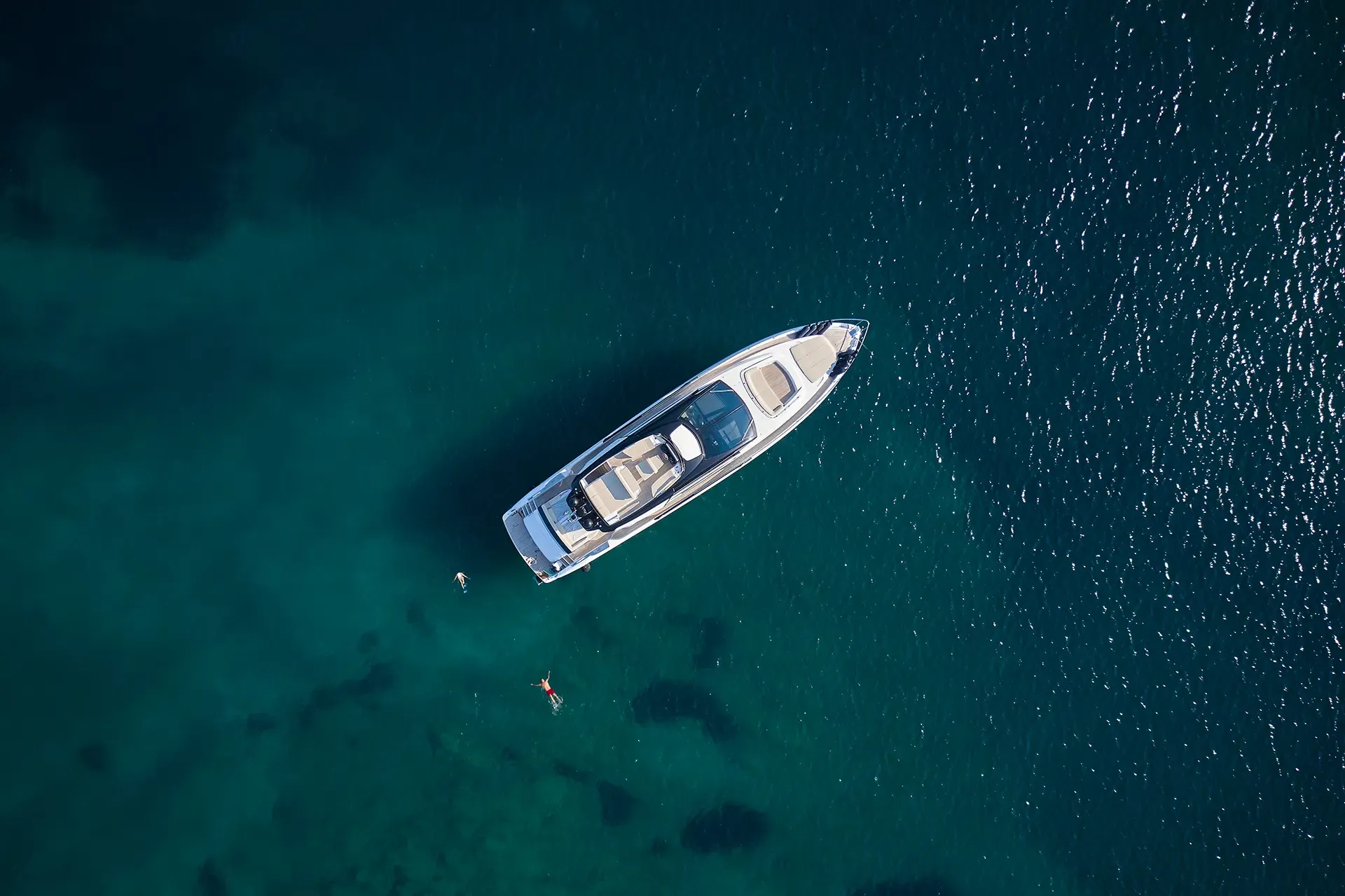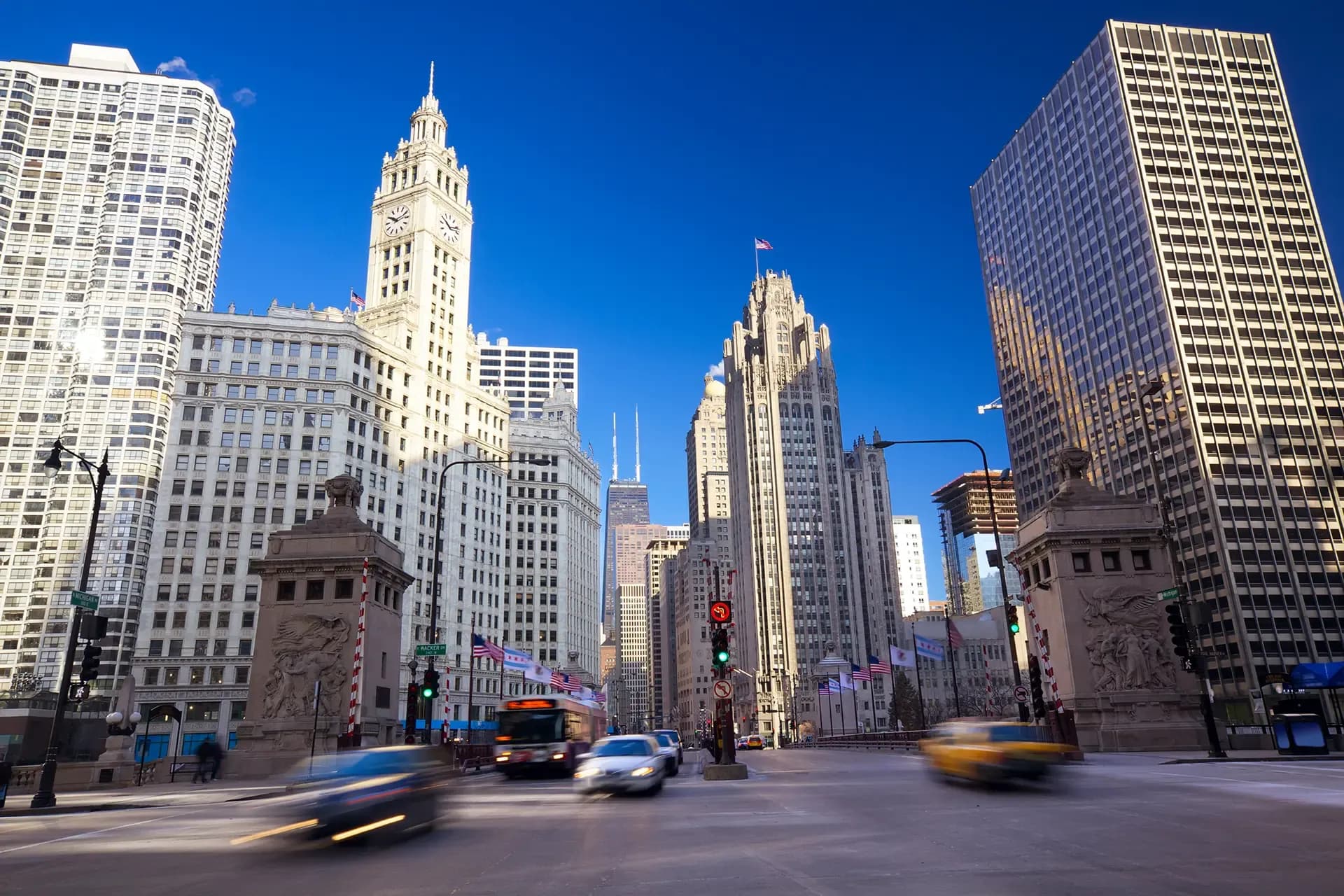Why Is The Driver In Back Usually At Fault In A Rear End Collision
When cars collide, one of the first questions that must be answered is, “Who was at fault?” The at-fault driver--or, more commonly, their insurance company--is liable for any damages caused to others, including personal injuries as well as propert...
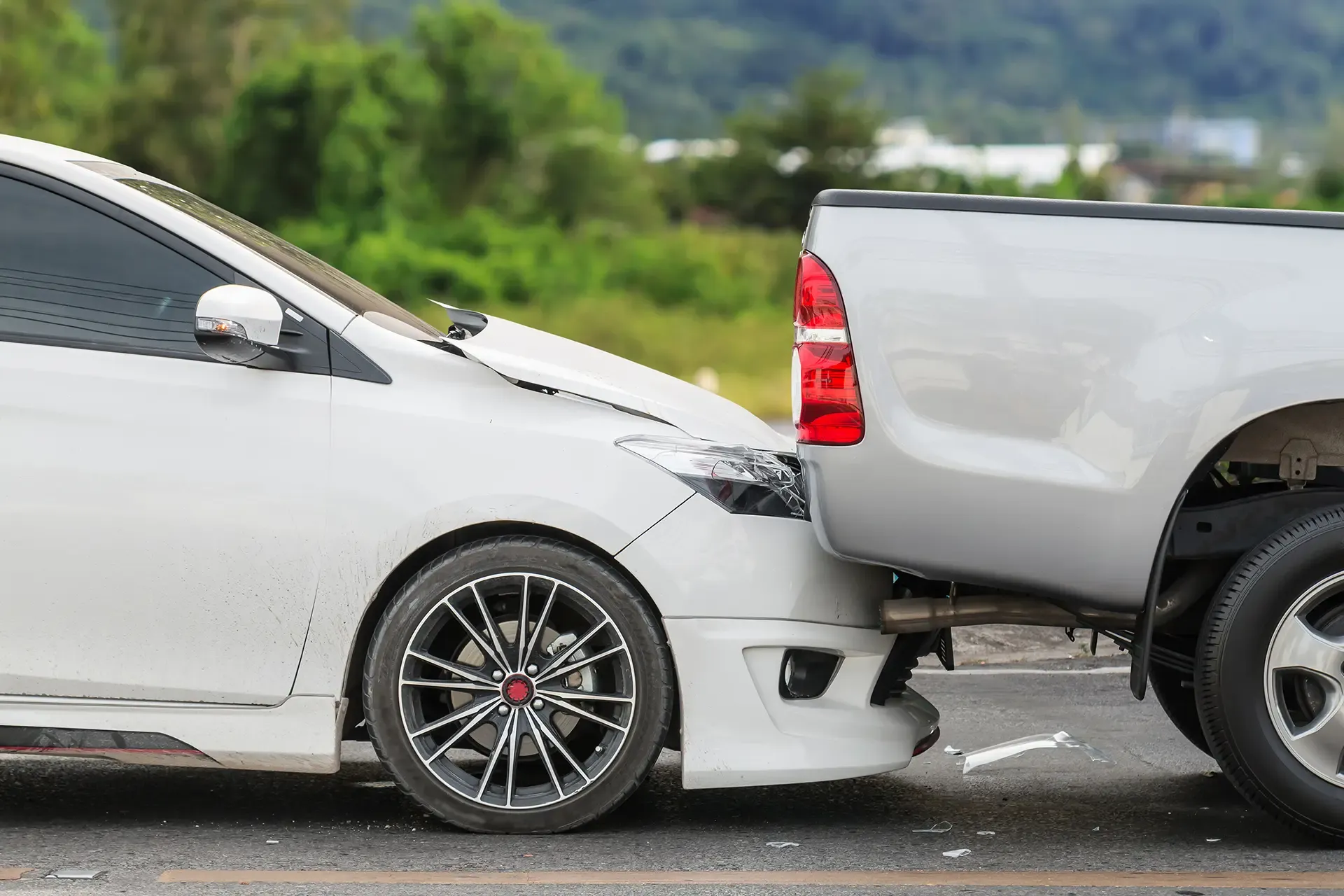
When cars collide, one of the first questions that must be answered is, “Who was at fault?” The at-fault driver--or, more commonly, their insurance company--is liable for any damages caused to others, including personal injuries as well as property damage. In a rear-end collision, the driver in back is usually the one at fault.
The Rules of Safe Following Distance
When you are following another car, you have a duty not to follow too closely. If the car in front of you has to stop suddenly, you should have sufficient braking distance to halt your car before impacting the car in front of you. If you were tailgating, speeding, or simply not paying attention, a rear-end collision can be the result, and you will generally be deemed at fault.
The general rule of thumb for safe stopping distance is the three-second rule. You pick a sign or tree at the side of the road to serve as your reference point. When the car in front of you passes that point, you count out three seconds. If you pass the reference point before the three seconds are up, you are following too closely.
A driver who rear-ends a car in front of them will often get a traffic citation for following too closely. Even if no police officer witnessed the collision, the assumption is that the driver in back should have been able to avoid the collision if they were following at a safe distance. In a subsequent personal injury lawsuit, that ticket will be used as proof of fault. Therefore, if you hit a car in front of you and anyone is severely injured in the car crash, do not simply plead guilty and pay the ticket, because that will make it harder for you to contest fault in any subsequent lawsuit.
Invalid Excuses for a Rear-End Collision
A driver who rear-ends you may try to argue that the collision was really not their fault, “it was an accident.” However, fault can almost always be found.
For example, a driver may not have been speeding and may have been following the three-second rule, but they failed to stop in time because their tires were bald or their brakes faulty. The accident is still their fault because they were negligent in failing to properly maintain their vehicle.
Bad road conditions, such as ice or heavy rain, also do not provide a valid excuse for rear-ending the car in front of you. Drivers are expected to slow down in bad conditions, extending their separation from a car in front. Instead of the usual three-second rule, you should double it to six seconds for moderate rain or snow and triple it to nine second when roads are icy or heavy rain makes hydroplaning a concern.
Consult a Skillful Waukegan Car Accident Lawyer
If you or a family member has been seriously injured in a rear-end collision, your lawyer will need to see the police report and have a complete understanding of the circumstances of the crash to determine who was at fault. For a free initial consultation on your case, call an experienced Lake County car accident attorney. Contact Salvi & Maher, LLP at 847-662-3303.
Sources:
https://www.smartmotorist.com/safe-following-distance

